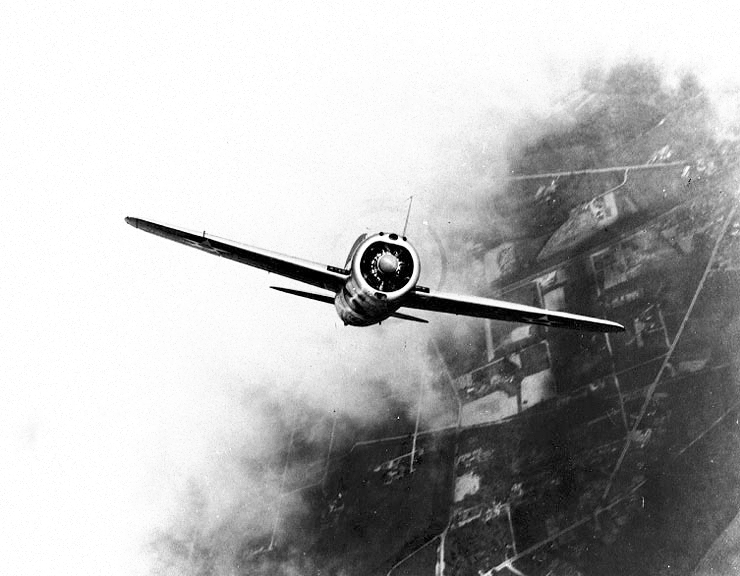All that buying a couple of BT-1s would have done is confirmed to the FAA that the USN was well behind the curve in DB design...:Just to do what the Japanese did, buy a couple, to see what other were doing.
UK was kind of ignoring what others were doing, and didn't help that the RAF was choosing for FAA
'That's good enough for you, old chap'
Douglas was always improving their product, and helped that they had gained that promising young man, Ed Heinemann as Chief Engineer in 1936, after the takeover of Northrop.
Blackburn, OTOH.....
Weak armament
no folding wings
low powered engine
Stall characteristics that were probably worse than the Skua
The USN should have been the ones approaching Blackburn to buy the Skua.

